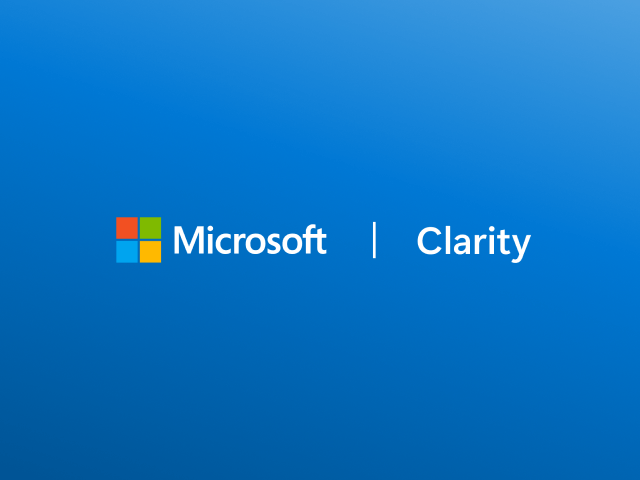
The Finance App Market Map 2025 is now live and available to download. This infographic breaks down the finance app industry into its many subcategories and identifies the key players in each of these subcategories, providing a holistic overview of the sector.
The finance app market has been one of the areas that has seen the most app-focused activity from both incumbents and new startups. This has come in the form of near-field communication (NFC) and peer-to-peer payments, digital currency, mobile banking, zero commission stock trading and loans, and customizable and temporary insurance options.
These apps have been widely adopted, with over 2.5 billion people accessing finance apps every day, according to our Finance App Report. Trillions of dollars is processed everyday through apps, and the neobanks that at first were used for budgeting and everyday spend have become primary accounts for millions in the US and UK.
Governments and international corporations have pushed new standards, such as NFC, UPI in India, and PicPay in Brazil, with the intent of breaking down the barriers of access and giving more citizens a chance to use financial services.
The finance app sector has many subsectors, and some apps overlap in function by providing banking, payments, investments and other add-on services. In this market map, we have attempted to break down the sector into its distinct subcategories, and assign the key finance apps into their most prominent category.
Banking: Mobile-first banking services brought us out of the dark ages, with apps like Chime, SoFi and Current in the United States and Revolut, Monzo and N26 in Europe pushing forward data-driven features aimed at teenagers and young adults. Tide and Starling Bank have made these budgeting and mobile-first features available to business customers as well.
Budgeting: For the money conscious, there are several apps that prioritise keeping finances in the green through insights and restrictive actions. Cleo, Empower and Klover focus on providing cash a few days before payday providing additional flexibility with paying bills, while Splitwise and Finanzguru help users track bills and spending in a more efficient manner.
Saving: Putting aside a set amount each month can be difficult, but apps like Rocket Money, Albert and Monarch prioritize saving with helpful insights. Apps like Acorns and Plum automate the process of saving, by rounding up every payment made and putting the change into a savings account.
Payments: Sending payments to other people used to be a difficult process – especially in the United States – but apps like Venmo, Cash App and Zelle simplified the process by making it as easy as knowing the other person’s email or phone number. PayPal, Wise and Remitly offer cheap ways to send payments internationally, reducing the cost significantly compared to regular banks.
Buy Now, Pay Later: Klarna, Afterpay and Affirm have pushed forward a new form of credit that requires fewer checks than typical loan services, while also reducing the interest to zero percent in most cases. These buy now, pay later apps also have multiple ways to pay off the loan, providing further flexibility to the customer.
Investments: Robinhood started a tidal wave of interest in investing with its zero percent commission stock trading app, which made it much cheaper for retail investors to own and trade individual stocks. Apps like MoneyBox and Nutmeg offer much lower fees than typical brokerages through the use of robo-funds, which automate the management process of a fund.
Crypto: Binance, Coinbase and Kraken facilitate the trading of crypto altcoins on dedicated marketplaces with thousands of available coins and secure payment processing, while apps like Trust and Zengo offer a secure wallet to store and trade these coins.
Insurance: Insurers such as Lemonade, Root and Cuvva use the power of data to improve the insurance options available to customers, by offering personalized plans that can be more cost effective. These providers remove a lot of the red tape and hidden fees that plague the industry.
Credit Score: Managing your credit score use to be a difficult process, but apps such as Credit Karma, Kikoff and ClearScore have made the experience a lot clearer with actionable insights to improve scores.
Cashback: Apps such as Shopback, Fetch and PAYBACK enable users to get cashback, coupons and vouchers for shopping at retailers, while PayPal Honey searches the web for coupons available before an item is purchased.
Accounting and Tax: Getting tax affairs in order can be quite a hassle, but there are several vendors including TurboTax, TaxFix and TaxScouts that simplify this process. QuickBooks and Xero offer more holistic accountancy software on mobile.
That’s a wrap on our Finance App Market Map 2025. You can download the map as a PDF, which includes a landscape version for slides and presentations.



